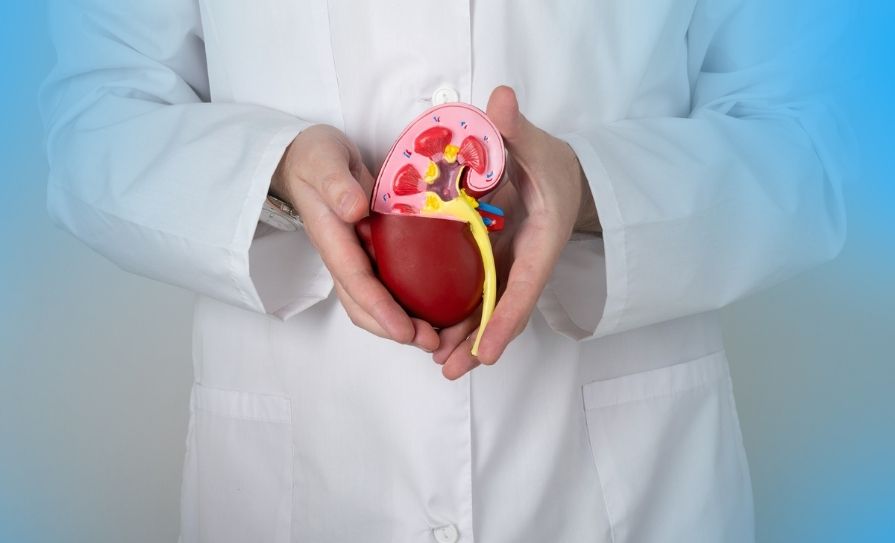The effect of ventilation on the transmissibility of SARS-CoV-2 remains unclear, according to updated guidance by the Health Protection Surveillance Centre (HPSC).
The guidance provides general recommendations for schools, commercial and public buildings, excluding healthcare settings, on how to boost ventilation. According to the document, crowded indoor spaces are associated with increased SARS-CoV-2 transmission.
It stated: “Out of 318 outbreaks (classified as three or more cases in a single setting) examined in China, only one could be traced back to transmission in an outdoor space.”
Furthermore, “activities involving forceful expulsion of air, such as singing, loud, excessive talking, and high-exertion fitness routines have been associated with Covid-19 outbreaks.”
As yet, there is no conclusive evidence that the virus remains viable or infective in aerosolised form in “real world situations”, stated the guidance. It concluded that “further research is needed to determine what contribution, if any, airborne transmission makes to the Covid-19 pandemic”.
In schools, it is advised that teachers are provided with instructions on how to manage classroom ventilation.
“In classrooms that rely on natural ventilation, consider opening the windows 15 minutes before the classroom is occupied to ventilate the room. Similarly, leave windows open for 15 minutes after the classroom is emptied,” the guidance outlined. Separately, the HPSC has produced guidance for healthcare professionals on SARS-CoV-2 and influenza testing this winter.












Leave a Reply
You must be logged in to post a comment.